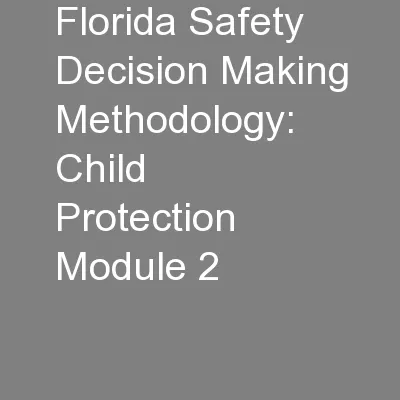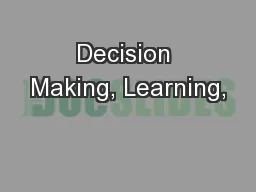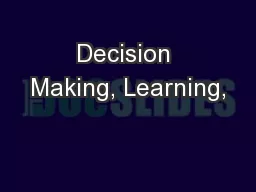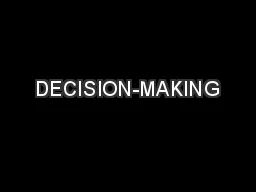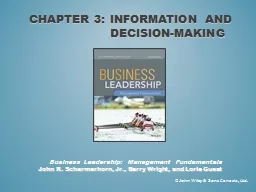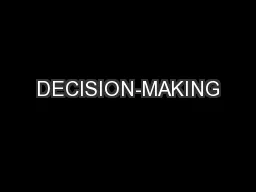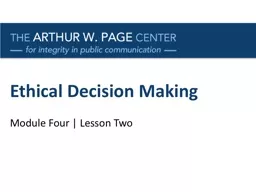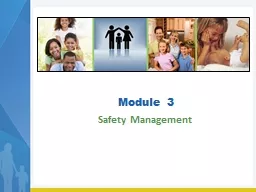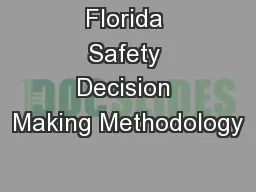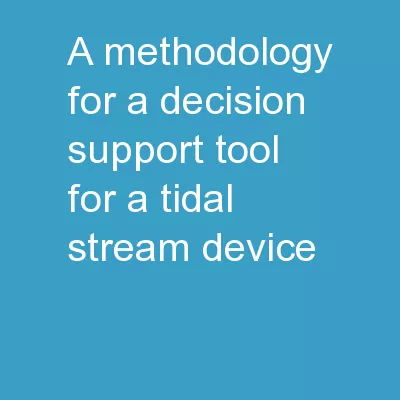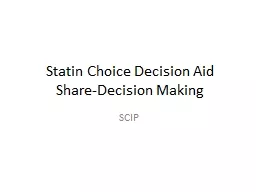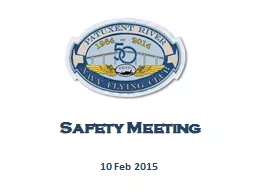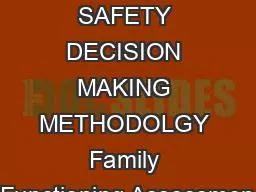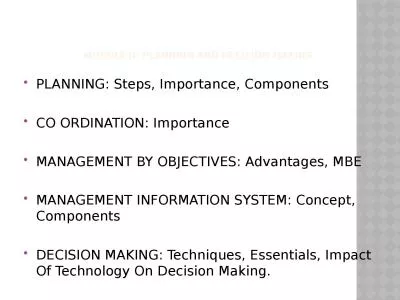PDF-Florida Safety Decision Making Methodology: Child Protection Module 2
Author : alida-meadow | Published Date : 2016-04-26
2 Florida Safety Decision Making Methodology Child Protection Module 2 resent and Impending DangerPresent danger is the immediate significant and clearly observable
Presentation Embed Code
Download Presentation
Download Presentation The PPT/PDF document "Florida Safety Decision Making Methodolo..." is the property of its rightful owner. Permission is granted to download and print the materials on this website for personal, non-commercial use only, and to display it on your personal computer provided you do not modify the materials and that you retain all copyright notices contained in the materials. By downloading content from our website, you accept the terms of this agreement.
Florida Safety Decision Making Methodology: Child Protection Module 2: Transcript
Download Rules Of Document
"Florida Safety Decision Making Methodology: Child Protection Module 2"The content belongs to its owner. You may download and print it for personal use, without modification, and keep all copyright notices. By downloading, you agree to these terms.
Related Documents

